unit 6 part 3
التفريغ النصي
اخفاء التفريغIn this session we will finalize the last part on learning the types and levels of knowledge. The third level of term stack so many pairs about application. It's the time to use the learned facts and abstractions in new contexts and particular situations. Let's take an example. Students might be asked to discuss phenomena described in one scientific paper but using terms and concepts of another paper. The process of cognition corresponding to this stage are execution and implementation. First executing an executing means applying a procedure to a familiar task. And second is the implementation which is a found a planar procedure to an unfamiliar task. The fourth level of learn stack tsunami is about analyzing and at this level students are supposed to pre-turn the concept or examine the relationships. For instance, they might be asked to recognize the gene that is responsible for a certain disease. The three processes associated with this stage are differentiating, organizing and attributing and we will start with differentiating the average. Differentiating means distinguishing important from unimportant parts of presented material. Like the strong nature change between relevant and irrelevant numbers in a mathematical word problem. While organizing involves in identifying how elements fit or function within a structure. Like finding the hypothesis, methods, data or conclusion in our search report. And finally, attributing which means determining a point of view by as values. Or intent underlying presented material. An example would be to identify the author's point of view of an essay. The fifth level of a bloom stack tsunami is to evaluate and at this stage learners are expected to use their knowledge and skills to appraise a situation. To justify their opinions or characterize other opinions they should be able to point out or compare a word to the highest standards in its field. Evaluating is divided into checking and criticism. Checking means detecting inconsistencies in a process or product. For instance, it's judging which of two methods is the best for solving a problem. It is the sixth and last level of the bloom stack tsunami. And this is the most complex stage of the learning process and the top of the revised bloom stack tsunami. And at this level learners combine non-patterns, ideas and facts to create their original work or formulate their solution to a problem. They might be asked to compose a song, rewrite a story in another setting or family lead and hypothesis and propose a way of testing it. The three associated cognitive processes with the creation level are generating, planning and producing and let's start with generating laughing. Creating involves coming up with alternative hypothesis based on criteria. An example might be devising multiple solutions for a social problem. While planning is about coming up with a procedure for completing a task like preparing an outline of an article. Then producing means inventing a product like writing a short story that takes place during the American Revolution for example.
محتوى البرنامج
- Pre-test image
- Pre-test
أنت على وشك بدء الاختبار. Pre-test
فور بدء الاختبار سوف تحسب لك محاولة جديدة لأخذ الاختبار
- Post-test image
- Post-test
أنت على وشك بدء الاختبار. Post-test
فور بدء الاختبار سوف تحسب لك محاولة جديدة لأخذ الاختبار
